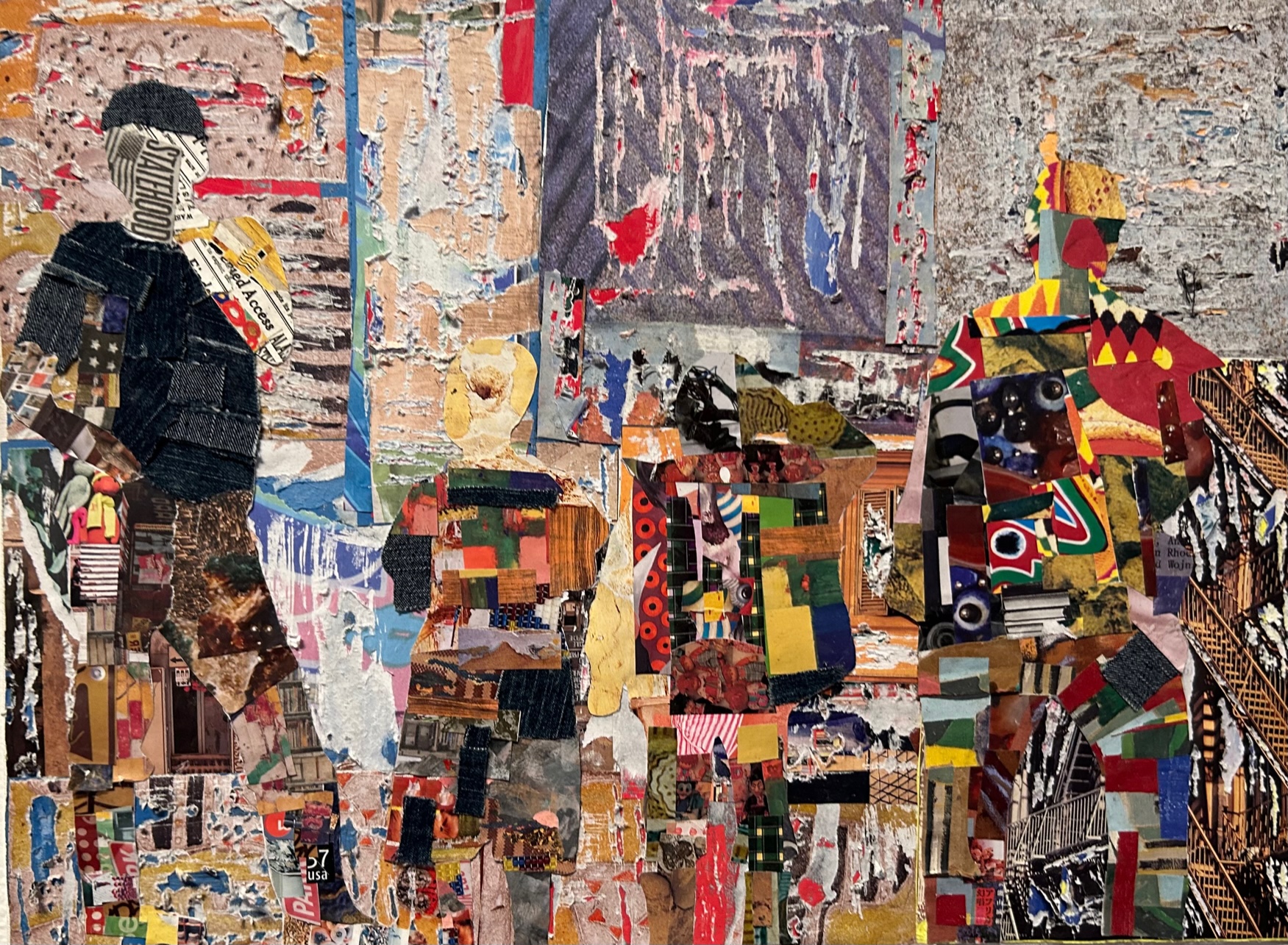The 1960s Black Arts Movement ignited an important cultural event among its participants. Visual artists addressed themes of Black pride, self-determination, and culture. Preceding it was the Harlem Renaissance (1920–29) with aesthetic architect, Alain Locke, the first African American Rhodes Scholar at Oxford, advocating for a reshaping of the African American image within the arts—a more positive, uplifting of the race portrayal. Moonwalking forward, the 1980s and 1990s brought to television several Black sitcoms with living room walls full of African American art honoring the culture and implicitly sending a message of transforming one’s living space into a cultural haven.Works by Varnette Honeywood, Charles Bibbs and Synthia SAINT JAMES featured on these shows became affordable, accessible and ultimately expanded the definition of Black identity. Transitioning from the 20th century into the 21st resulted in Post-Black art, a category of contemporary African American art. Currently, The Loft at Liz’s exhibition, “Identity Semantics of the African Diaspora in the United States,” furthers this discourse through the personal expressions of seven artists.
In the piece Pantheon of Akatas: The Ship (2017), Zeal Harris, using dye sublimation on fabric with glue and trim, approaches Black Identity through the lens of historicized speculative fiction, and with a storyboard style that speaks to the experience of the 1st foundational Black Americans. A first reading suggests attacks on an ivory cubed ship within a taffy, purple sky by several Star Trek shaped vessels coming from all directions. Surrounded by tangerine spiked hues, this identifiable flying object is prevented from rescuing lizard skinned women engulfed in rising waters. Waves of cotton candy pink, blue and orange race horizontally across the picture plane. Meta-narratives in this work pertaining to water, freedom and disrupted destiny correlate to Faith Ringgold’s We came to America (1997).
Additionally, multimedia Ugandan artist, Enock Waiswa, communicates identity as an Afrikan in America through collage by using magazine cutouts, yarn and gouache in Untitled (2022). Resembling an oversize postage stamp in design, the frontal portrait of a midnight complexioned man with almond eyes and full lips reminds one of Kerry James Marshall’s color palette in Watts 1963 (1995). With various strips of paper occupying the entire background, this work suggests multiple ways that folks of color present themselves: from code-switching, adapting or asserting one’s rights.
To be sure, these artists offer another layer to narratives surrounding ethnic identity. In fact, their creative gestures correlate to what Nikole Hannah-Jones wrote in The 1619 Project: A New American Origin Story (2021): “Much about American identity …spring[s] not from the ideals of 1776 but from the realities of 1619, from the contradictions and the ideological struggles of a nation founded on both slavery and freedom.”
Loft at Liz’s
453 S. La Brea Avenue
Los Angeles, CA 90036
On view through April 25, 2023


